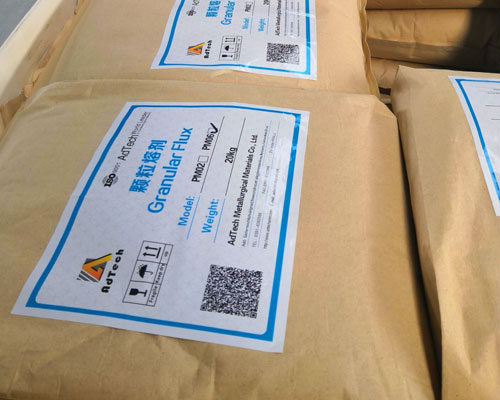At present, there are some gaps in the concept of flux preparation and use at home and abroad, which are mainly reflected in: The research trend of fluxes for purifying aluminum alloy melts abroad mainly focuses on simple composition, high efficiency refining and low emissions, and strives to achieve the lowest cost And environmental costs to achieve high-efficiency purification of molten aluminum.
With the advancement of aluminum alloy processing technology and the development of aluminum alloy flux purification technology, some new characteristics have been presented in the preparation of flux and its performance requirements, which not only put forward higher requirements for the purification effect of the flux, but also imposed on the flux itself Quality also offers new insights.
At present, the purification process of aluminum melt has higher and higher requirements for purification. The complex configuration of flux components increases the possibility of secondary pollution of the aluminum melt and the environment by the flux itself. The configuration of flux components is as simple as possible under the conditions of dynamics. , Is the only way to solve the side effects produced by the flux use process itself.
The eutectic formed by the particle solvent has a better wetting effect on the aluminum melt inclusions in the liquid state, and the inclusions can be removed according to the density difference. However, refining agents usually add other compounds, such as nitrates, sulfides, fluorides, rare earth compounds, etc., to improve refining efficiency.
In the flux for purifying aluminum based on NaCl-KCl and KCl-MgCl2, adding an appropriate amount of fluoride can easily remove the oxide film at the flux-aluminum interface, so that the stable metal film at the interface is easy to rupture, and the inclusions are transferred to the flux-aluminum. The liquid interface migration process is easy to proceed. Add a small amount of cryolite to the refining agent, the molten cryolite can completely wet the alumina and enhance the adsorption capacity of alumina inclusions.
In addition, the selection of part of the refining agent component is often required to have the function of a gas generating agent. If the refining agent contains components that can generate gas, after adding this flux to the molten aluminum, the hydrogen in the melt will diffuse into the formed bubbles under the effect of the partial pressure difference. During the floating process of the bubbles, the hydrogen and The inclusions will be discharged from the molten aluminum to achieve the purpose of degassing and impurity removal. Hexachloroethane is a good gas generator. Although the main problem caused by the use of hexachloroethane refining is serious environmental pollution, it is undeniable that the use of hexachloroethane refining is a traditional flux method with better refining effects.

